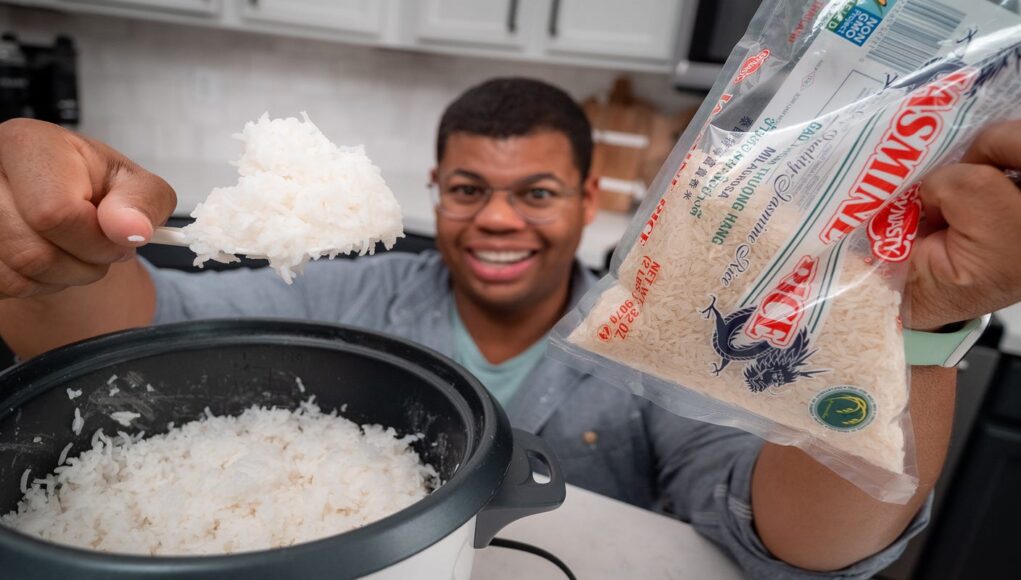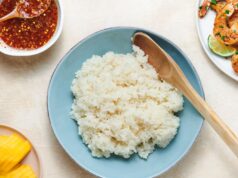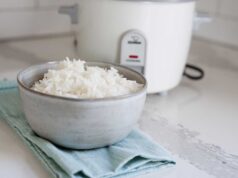Knowing how to cook veggies in a rice cooker is a game-changer for those who crave nutritious meals without enduring long cooking hours or utilizing a myriad of pots and pans. This unique method transforms the humble rice cooker into an all-purpose kitchen tool, making perfectly cooked vegetables accessible to everyone, including busy moms, college students, and even beginner cooks.
Rice cookers are not just for rice anymore. Harnessing their ability to steam and cook food evenly, you can prepare a variety of vegetables, all while maximizing nutrients and maintaining vibrant flavors. Intrigued by the possibilities? Keep reading, and we’ll walk you through the remarkably simple steps to create veggie-packed culinary masterpieces using your rice cooker. Not only will we provide recipes, but we’ll also show you why this might become your favorite kitchen method.

Why Cook Vegetables in a Rice Cooker?
The science behind cooking vegetables in a rice cooker revolves around its ability to steam food gently and uniformly. Vegetables retain their essential vitamins, minerals, and rich textures when prepared this way. Moreover, it requires minimal monitoring, freeing you up to focus on other tasks. The advantages of this technique extend from utility to taste, an irresistible combination in the kitchen!
Another invaluable benefit of cooking veggies in a rice cooker is its adaptable nature. Whether you’re a health enthusiast or someone transitioning into healthier eating styles, this method is a sustainable and practical choice for various lifestyles.
What Vegetables Are Best Cooked in a Rice Cooker?
Understanding the versatility of your rice cooker is key to widening your horizons when it comes to preparing vegetables. Whether you have a standard model or a more advanced one, certain vegetables stand out as ideal candidates for this cooking method. These include but are not limited to broccoli, carrots, spinach, cauliflower, zucchini, and even starchy ones like sweet potatoes and butternut squash.
The trick lies in tailoring the cooking times to the texture and water content of each vegetable. For instance:
- Carrots: Require a slightly longer cooking time but yield a delightful sweetness when done.
- Leafy Greens: Quick to cook and best added last to maintain their vibrant colors.
- Broccoli and Cauliflower: Offer tender, flavorful results in minutes.
Now that we’ve chosen our veggies, it’s time to gather some essential tools like a quality rice cooker, a sharp knife, and a reliable cutting board.
Step-by-Step Process to Cook Vegetables in a Rice Cooker
Apart from being highly efficient, the rice cooker also allows seamless multitasking. Here’s a detailed guide to making this work for you:
Step 1: Preparation
Start by thoroughly washing all vegetables under cold running water to remove any dirt or pesticide residues. Dry them using a paper towel or let them air dry naturally. Chop them using a good cutting board to the desired size. Keep in mind that smaller pieces will cook faster than larger chunks.
Step 2: Add Water and Veggies
Add a small amount of water to the rice cookerjust enough to create steam but not submerge the vegetables. Approximately half a cup to one cup of water will suffice, depending on the quantity of vegetables. Place the chopped veggies in the steamer basket or directly in the rice cooker’s pot.
Step 3: Cooking
Set the rice cooker to its steam or cook setting, depending on the model. Cooking times can vary:
- Leafy Greens: 5-7 minutes
- Cruciferous Vegetables (Broccoli, Cauliflower): 12-15 minutes
- Root Vegetables (Carrots, Sweet Potatoes): 15-20 minutes
Step 4: Season and Serve
Once the vegetables are tender, remove them immediately to prevent overcooking. Toss them in olive oil, salt, pepper, or your preferred seasonings. They can be served as a side dish, added to rice dishes, or incorporated into hearty soups.
Creative Veggie Recipes for the Rice Cooker
Cooking vegetables by themselves is only the start. Integrate them into diverse recipes to elevate your culinary game.
- Vegetable Stir-Fry: Use your steamed vegetables in a stir-fry along with tofu or chicken for a protein-packed dish. Here’s a simple recipe for Vegetable Valenciana.
- Veggie & Rice Medley: Combine your cooked veggies with rice, spices, and legumes for a one-pot meal. Check out this healthy fried rice recipe
- Soup Base: Your cooked vegetables can become the base for delicious soups or broths.
Care for Your Tools
Maintaining cookware hygiene is essential for culinary success. When cleaning your rice cooker, consider investing in a cookware cleaner suitable for non-stick surfaces. Likewise, a natural cutting board oil will ensure the longevity of your chopping tools.

Conclusion
Cooking vegetables in a rice cooker isn’t just simple; it’s also a nourishing way to prepare meals tailored to your lifestyle. Now that you’ve learned how to cook veggies in a rice cooker, you’re well-equipped to embrace this efficient, flavorful cooking approach. Pair it with your favorite recipes or create something entirely new. The possibilities are as boundless as your culinary imagination!
This article contains affiliate links. We may earn a commission at no extra cost to you.











